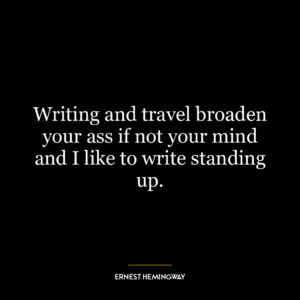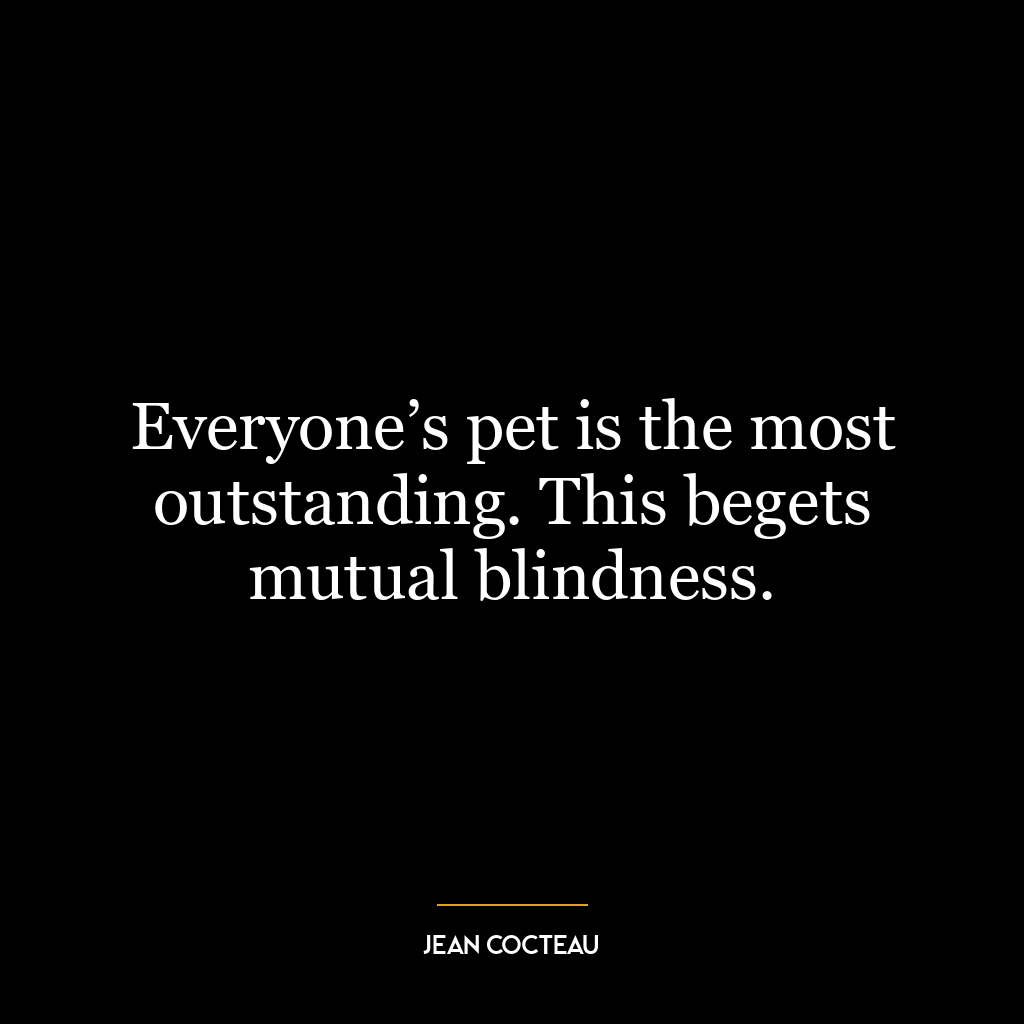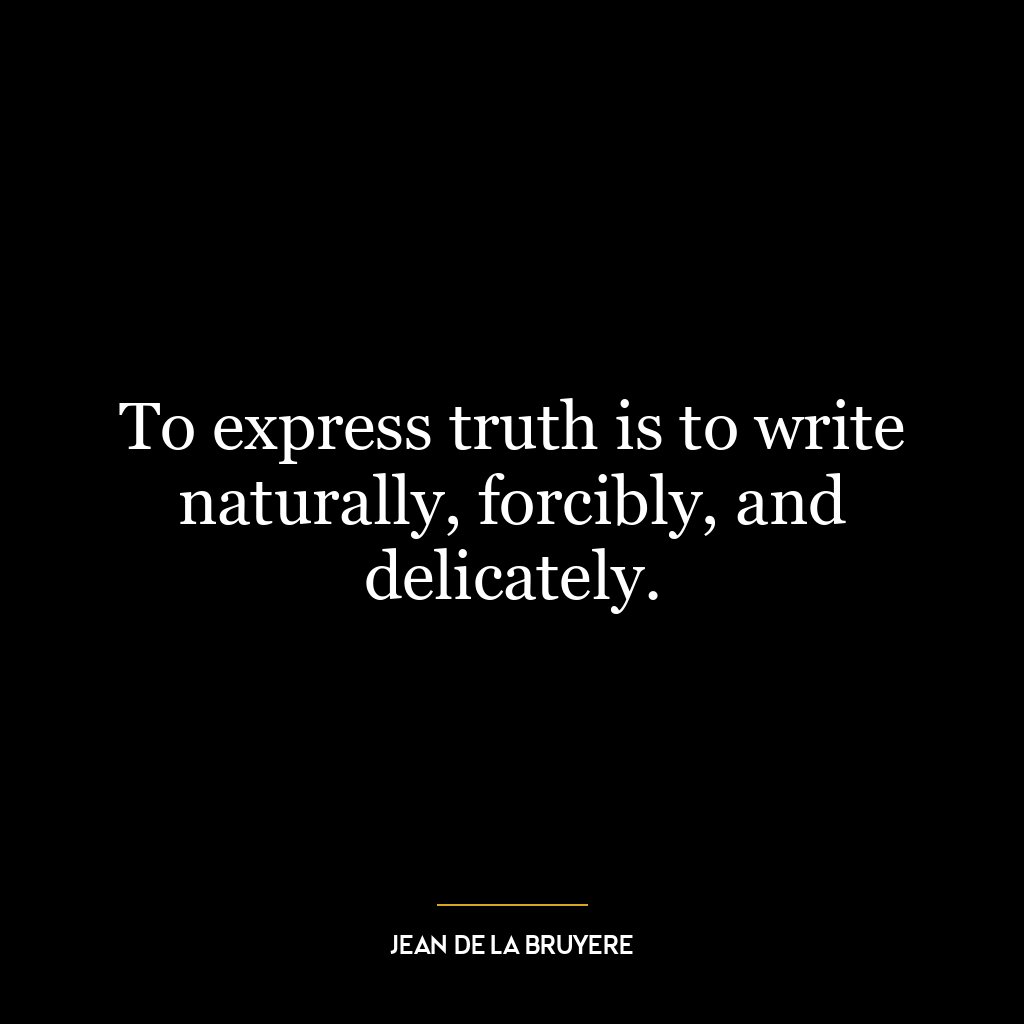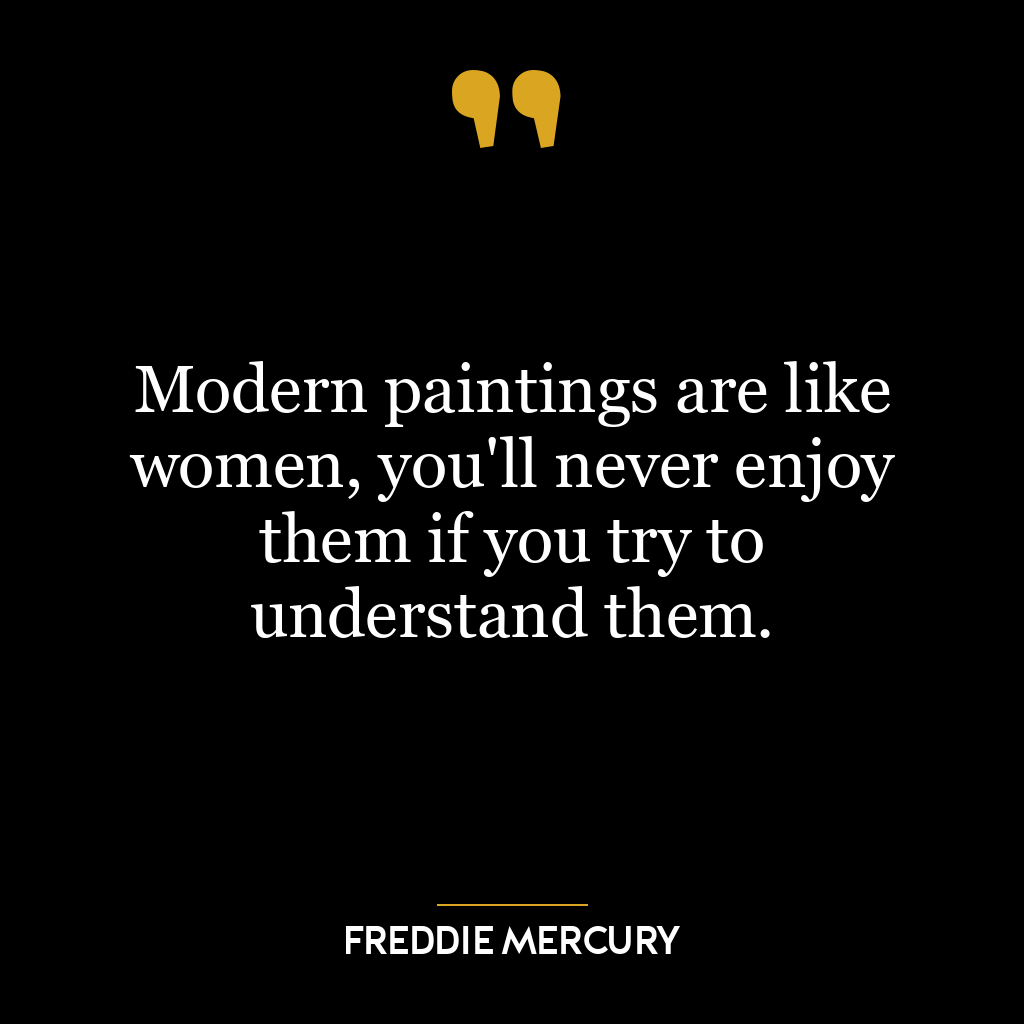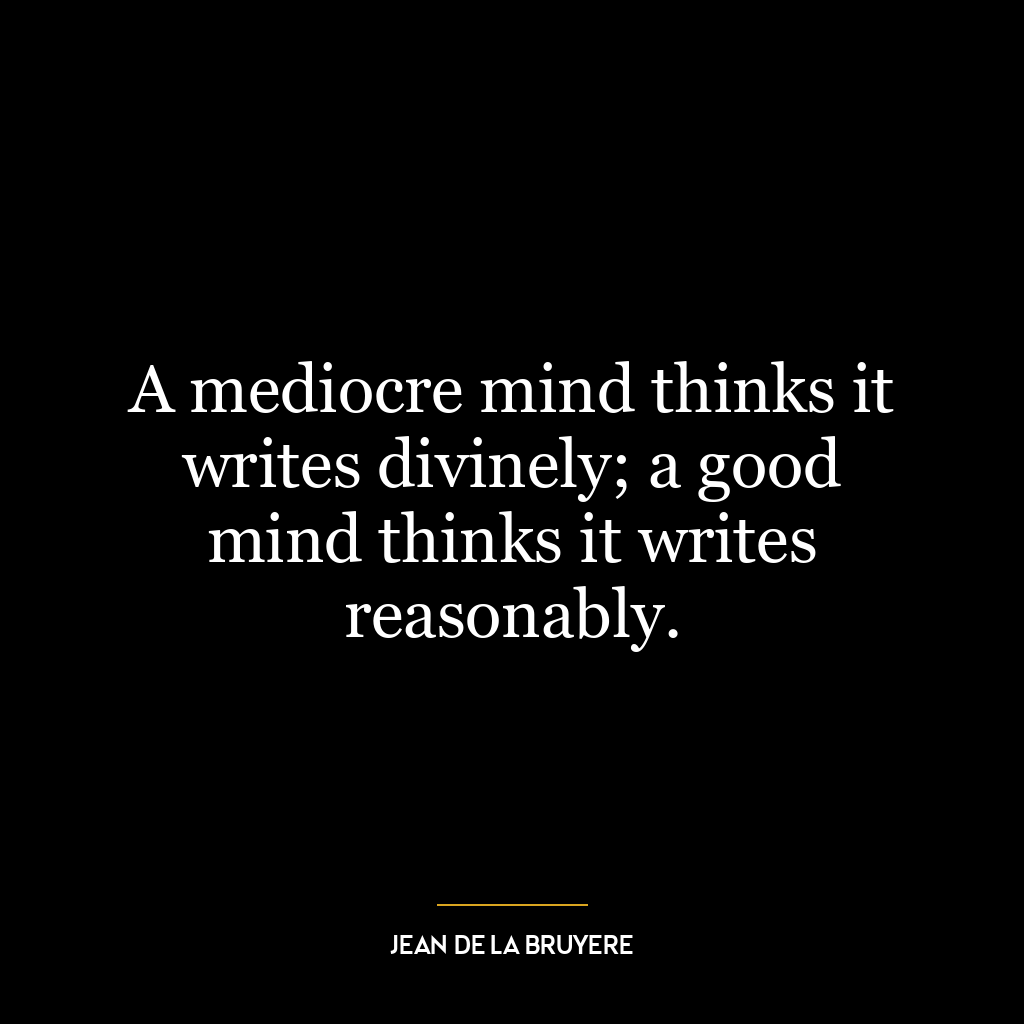This quote suggests that in the realm of writing, the conventional dichotomies or divisions, such as left and right, do not hold any significance. Instead, the only distinction that matters is the quality of the work, i.e., whether it is good or bad. The phrase “left and right” could be interpreted as a metaphor for various forms of binary oppositions like traditional vs. modern, commercial vs. literary, genre vs. mainstream, etc. However, the quote implies that these labels and categories are irrelevant when assessing the value of a piece of writing.
The true measure of writing, according to this perspective, lies in its inherent quality – its ability to engage, provoke thought, evoke emotion, or convey a message effectively. Good writing transcends boundaries and categories, and it is recognized and appreciated regardless of its form or style.
In today’s world, this idea is highly applicable. In the era of digital media and self-publishing, there is an explosion of diverse content, styles, and formats. Blog posts, social media updates, e-books, fan fiction, webcomics, and many other forms of writing have gained legitimacy and popularity. The quote encourages us to embrace this diversity and focus on the quality of writing rather than sticking to traditional classifications.
Additionally, the idea can be applied to personal development. It encourages individuals to strive for quality in their work rather than conforming to established norms or categories. It suggests that one should not limit oneself by adhering strictly to a particular style, format, or genre. Instead, one should focus on honing their skills and producing the best work possible, regardless of how it might be classified. This approach can lead to greater creativity, innovation, and personal growth.









